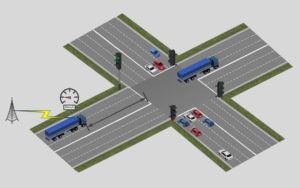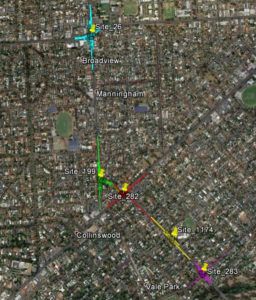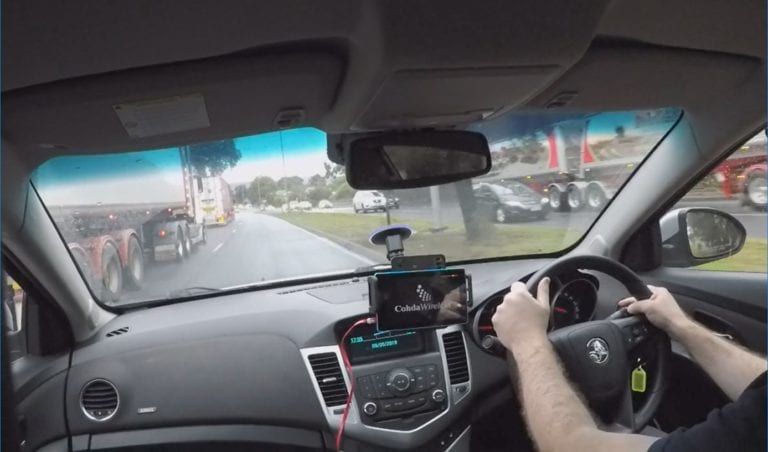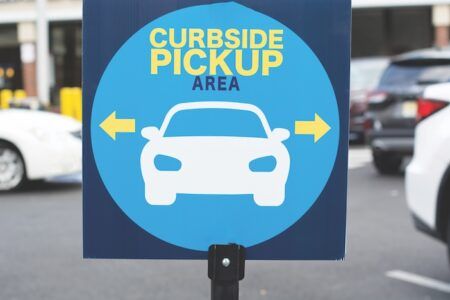Australian telecommunications company Telstra is conducting trials at several intersections in the state of South Australia that enable vehicles connected to its 4G cellular network to support new Vehicle-to-Infrastructure (V2I) applications designed to improve traffic flow.
Telstra is working with Cohda Wireless, JYW Consulting and the South Australian Government’s Future Mobility Lab Fund, which aims to encourage and stimulate developments in connected and autonomous vehicles (CAVs), and position the state at the forefront of these emerging technologies. Instead of having to deploy short-range radio (DSRC) hardware at every single traffic light intersection, Telstra instead made use of its existing 4G network to keep implementation costs low and enable faster deployment of V2I applications across the road network. Traffic lights are typically connected to a central management platform but use a local controller built on timers and local in-ground sensors to help manage the flow of vehicles through an intersection. What this new trial achieves is the ability of an approaching vehicle to receive and send messages via the 4G network directly into any set of traffic lights connected to the management platform.
Telstra has achieved this by developing virtual roadside units (Virtual-RSUs) in software that interact with the vehicle and the traffic light management platform. Just like hardware roadside units, the Virtual-RSUs broadcast intersection geometry information messages and traffic light Signal Phase and Timing (SPaT) messages, but do this via 4G instead of short-range radio. The Virtual-RSUs accesses traffic light information via a new component developed in the trial called the Sydney Coordinated Adaptive Traffic System (SCATS) SPaT Engine (SSE), which generates signal phase and timing messages based on live information from the centralised traffic light management platform. Using 4G and cloud platforms, traffic light timing and intersection mapping information, can be sent to V2I connected vehicles based on their position without the need for new hardware on the traffic lights themselves.
 With the new capability, the consortium trialled four new V2I applications at several selected intersections in Adelaide:
With the new capability, the consortium trialled four new V2I applications at several selected intersections in Adelaide:
- Freight signal priority, which allows heavy vehicles to request the extension of an active green light, to allow them to get through the intersection without stopping. The goal is a reduction in the number of times a truck needs to stop at lights with the aim of improving traffic flow, reducing fuel use and trip times;
- Public transit vehicle priority through the smart intersections, with green light extensions issued by the central management centre to the local traffic light. Priority requests are cancelled if the vehicle pauses at a prescribed bus stop;
- Emergency vehicle priority and green light extension or forced red-light changes;
- Passenger vehicle green light advisories to improve their flow and reduce congestion in busy areas. While making no changes to the intersection traffic light timings, the system instead provides optimal speed information over the 4G network.
The 4G cellular V2I applications are part of a greater Cooperative Intelligent Transport System (C-ITS) approach, which also includes Vehicle-to-Vehicle (V2V) communication and Vehicle-to-Pedestrian (V2P) for safety applications. The 4G link used in the trial is also useful for other Network-to-Vehicle (N2V) communications, such as warnings of a bad road surface, weather or other information to distant vehicles and so that they might choose to re-route and avoid the area.





